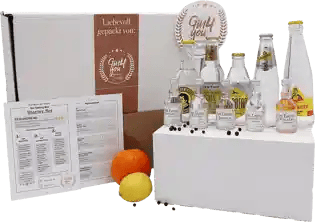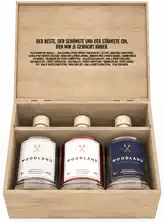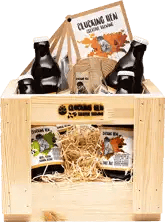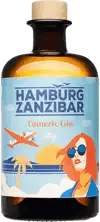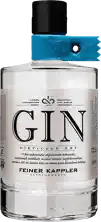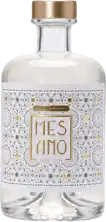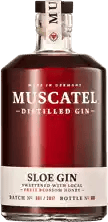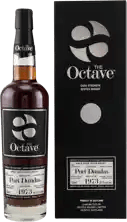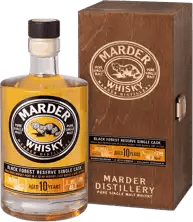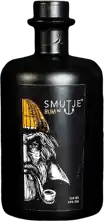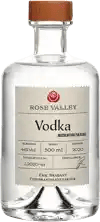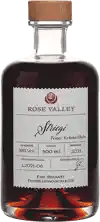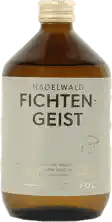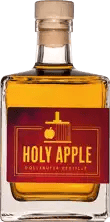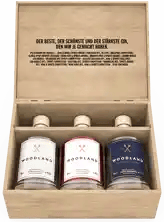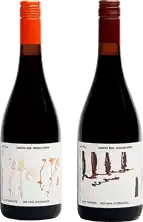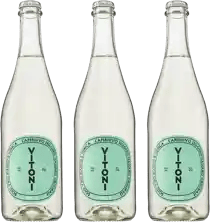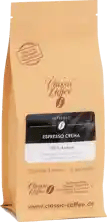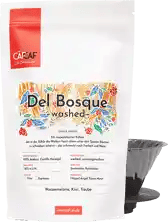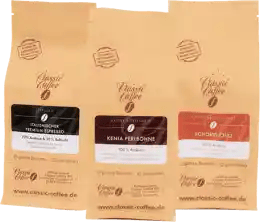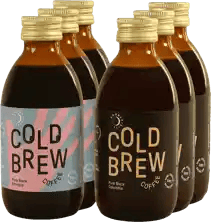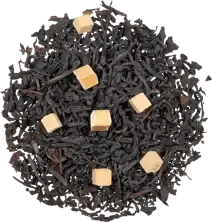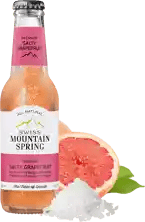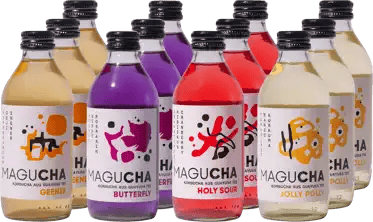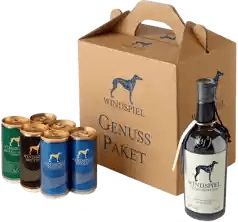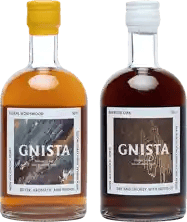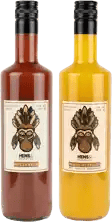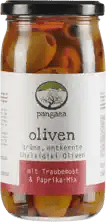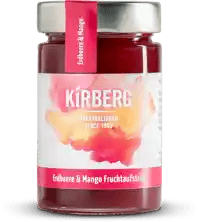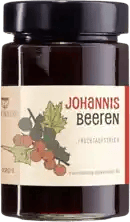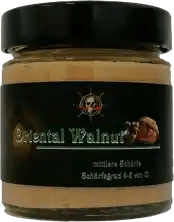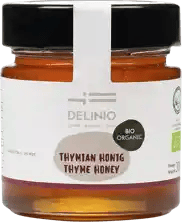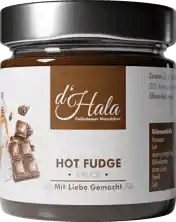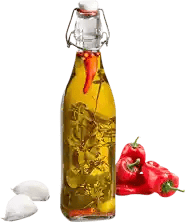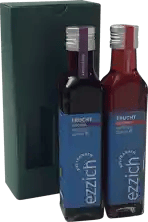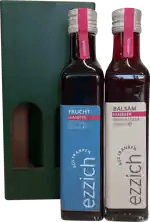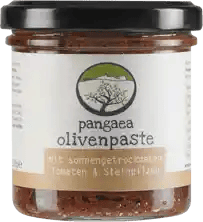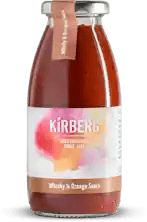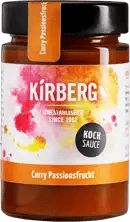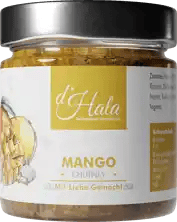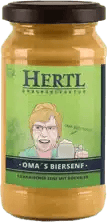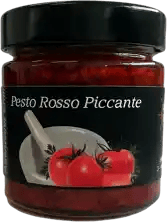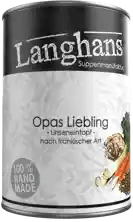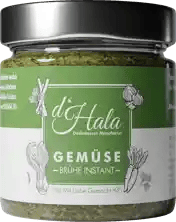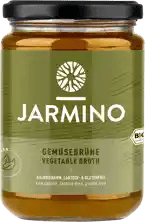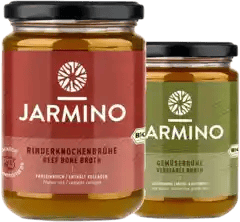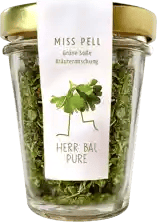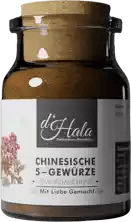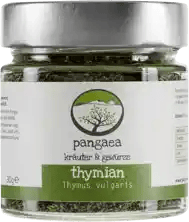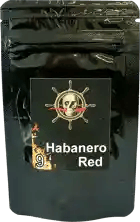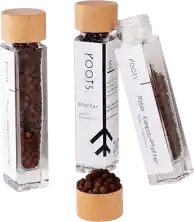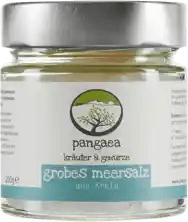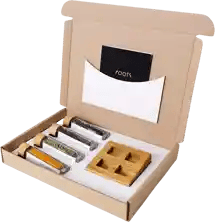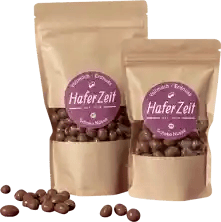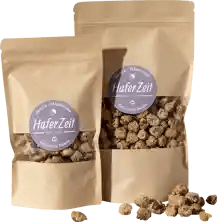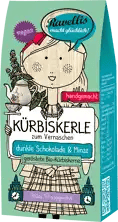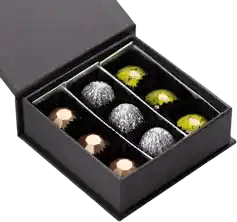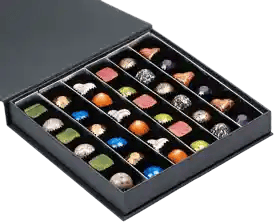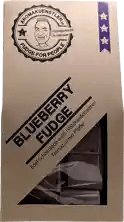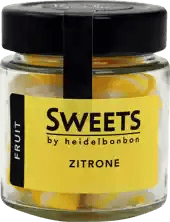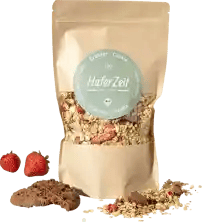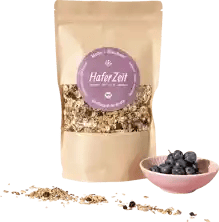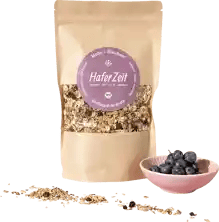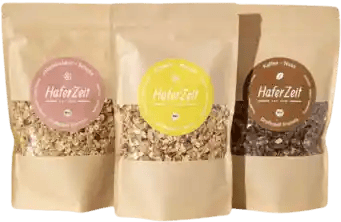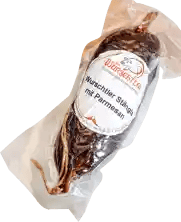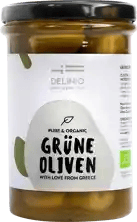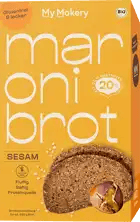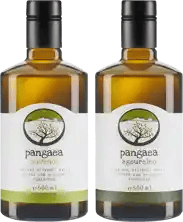Quality instead of quantity!
8,500 independent products
No mainstream
8,500 independent products
Buy Bockbier and Doppelbock online at Honest & Rare
At Honest & Rare you will find an exquisite selection of Bockbier and Doppelbock from some of the best craft breweries. Whether you're looking for the malty sweetness of a classic bock beer or the intense depth of a doppelbock, you can discover the variety of these strong beer styles with us.
Interesting facts about bock beer and doppelbock, two of the strongest and most flavorful beer styles in the brewing world.
History and origin
Bock beer has its origins in the 14th century in Einbeck, northern Germany. The strong, dark beers from this region quickly became popular and reached the whole of Germany. In the 17th century, bock beer came to Munich, where it developed further and acquired its current name.
Doppelbock, a stronger version of bock beer, was brewed in the 17th century by monks at the St. Francis monastery in Munich. These strong beers served them as "liquid bread" during Lent. The best-known doppelbock, the "Salvator", still characterizes this style today.
Discover the rich history and variety of bock beer and doppelbock - and buy your bock beer online now at Honest & Rare.
What distinguishes bock beer from doppelbock?
Bock beer: As a strong lager style, bock beer is known for its distinctive malty character and robust strength. With an original gravity of at least 16%, it comes in a range of colors from light to dark and offers a rich, often slightly sweet taste experience.
Doppelbock: An even more intense variant of Bock beer, Doppelbock, or "Doppler", raises the original gravity to at least 18% and thus also the alcohol content. Doppelbock is deeper, richer and more complex, often with notes of dark fruit, caramel and a distinct sweetness.
The characteristics of bock beer and doppelbock
Bockbier and Doppelbock are known for their strong aromas and deep flavor profiles. These strong beers are characterized by their malty sweetness, often sweet undertones and a higher alcohol strength, which makes them a true drinking experience.
Aroma profile and flavor notes
Malt dominance: The aroma of Bockbier and Doppelbock is strongly characterized by malt. Expect notes of caramel, toast, nuts and sometimes chocolate or dark fruit, which come from the use of special malts.
Sweet complexity: Compared to lighter beers, Bock and Doppelbock often offer a pronounced sweet maltiness, which is supported by the higher original wort and alcohol content.
Hop balance: Although the malt flavor dominates, bock beers and some doppelbock variants in particular have a subtle hop bitterness that provides a balanced taste experience.
The influence of original wort on the taste
Original wort and alcohol: The original wort, a measure of the content of fermentable sugars in the brewing water before fermentation, is decisive for the classification of bock beer and doppelbock. Bock beers must have an original gravity of at least 16%, while doppelbocks can even reach 18% or more. This high original gravity leads to a higher alcohol content and contributes to the intense depth of flavor and full body.
Depth of flavor: The high original gravity not only leads to a higher alcohol content, but also to a richer, more complex flavor palette. The sugar molecules that are not converted into alcohol during fermentation give the beer its characteristic sweetness and fullness.
Traditional and modern brewing methods
The art of brewing Bockbier and Doppelbock is deeply rooted in traditional methods that have been perfected over centuries. At the same time, the craft beer movement has added new dimensions and interpretations to these classic beer styles.
Traditional brewing methods of Bockbier and Doppelbock
A key aspect of traditional production is the long lagering period. These beers are often stored for months at cool temperatures to smooth and develop their flavors. This promotes greater clarity and a rounded taste.
Special malts are crucial for the characteristic deep, malty flavor. Darker malts provide rich flavors of caramel, bread and sometimes chocolate.
Bottom-fermenting yeast: Both beer styles are brewed with bottom-fermenting yeast, which works at cooler temperatures and is responsible for the clean, round flavor profiles.
Modern interpretations in the craft beer scene
Craft brewers use unusual ingredients such as exotic malts, special hop varieties or spices and herbs, which can lead to unique flavor profiles.
In addition to traditional methods, craft brewers are experimenting with techniques such as barrel aging to intensify the complexity and flavor of their beers.
Some modern brewers are creating hybrid beer styles by blending elements of bock beer and doppelbock with other beer styles, resulting in innovative and unexpected flavor experiences.
How to enjoy Bockbier and Doppelbock properly
Bockbier and Doppelbock are multi-layered strong beers that offer a deliberate enjoyment experience. To develop and enjoy their full aroma spectrum, certain serving tips and the right food pairing are essential.
Serving tips and ideal drinking temperature
Drinking temperature: To fully appreciate the complex aromas of bock beer and doppelbock, they should not be served too cold. An ideal drinking temperature is between 8°C and 12°C. The malty, caramel and fruity aromas develop best at this temperature.
The right glass: A tulip-shaped glass or snifter is ideal for concentrating the aromas and allowing the right amount of foam to form. Swirling the glass slightly can also release the aromas and intensify the taste experience.
Pour carefully: In order to achieve the optimum head and avoid aerating the beer too much, the beer should be poured slowly and carefully. Pouring too quickly can lead to excessive foam formation and drown out the subtle aromas.
Food pairing - Which dishes go well with these strong beers?
Hearty and roasted dishes: The sweet aromas of Bockbier and Doppelbock harmonize with hearty dishes such as roasted meat, grilled dishes, stews and game. The malty sweetness complements the roasted aromas of the food and ensures a well-rounded taste experience.
Cheese: Strong beers such as Bock and Doppelbock go perfectly with strong, mature cheeses, whose intense aromas are balanced by the sweetness of the beer.
Desserts: Malty and caramel notes make these beers ideal for sweet, creamy desserts such as chocolate cake, crème brûlée or cheesecake. A wonderful combination of sweetness and intensity.
Christmas spices: During the cold season, Bockbier and Doppelbock pair well with dishes containing Christmas spices such as cinnamon, cloves and nutmeg, bringing a festive note to the food and enhancing the flavor of the beer.
Storage and shelf life of Bockbier and Doppelbock
Bockbier and Doppelbock, known for their rich aromas and higher alcohol content, have great potential for storage and maturation. Proper storage can positively influence the flavor development of these strong beers and lead to an even more fulfilling drinking experience.
Tips for optimal storage
Temperature: Store bock beer and doppelbock at a constant temperature between 10°C and 13°C in a cool, dark place. Avoid extreme temperature fluctuations so as not to impair the maturing process.
Light protection: Avoid direct sunlight or artificial light, as these can trigger chemical reactions in the beer. Dark bottles offer protection, but darkness is ideal.
Store upright: Unlike wine, bock beer and doppelbock should be stored upright to minimize the contact area between the beer and the cap and avoid flavor impairment.
Maturation potential of strong beers
Long-term shelf life: Thanks to their higher alcohol content and robust aroma structure, Bockbier and Doppelbock have excellent ageing potential. Over time, the flavor profiles can develop and round off, with sweet, malty notes intensifying and greater complexity emerging.
Development over time: New flavors can develop during storage. Fruity, wine-like aromas may emerge and the initial hop bitterness may diminish, resulting in a smoother, rounder overall impression.
Patience pays off: Some bock beers and doppelbocks only reach their flavor peak after several years of storage. Experimenting with different storage times can help to find the ideal maturation time for the respective beer.
Questions and answers about bock beer and doppelbock
What is bock beer?
Bock beer is a strong, malty lager style known for its rich aroma and high alcohol content.
How strong is a bock beer?
Bock beer typically has an alcohol content of 6.3% to 7.2%.
Why does bock beer have more alcohol?
The higher original gravity of bock beer leads to more fermentable sugars, which are converted into alcohol during fermentation.
Why is it called bock beer?
The name comes from the town of Einbeck, where the beer was originally brewed, which was later shortened to "Bock".
What percentage of alcohol does a doppelbock have?
Doppelbock has an alcohol content of 7% to over 12%.
Brilliant!

Bitte bestätige deine Anmeldung noch eben - du hast eine Bestätigungsmail von uns. Klicke darin auf den Link. Danach bekommst du deinen Rabattgutschein.

